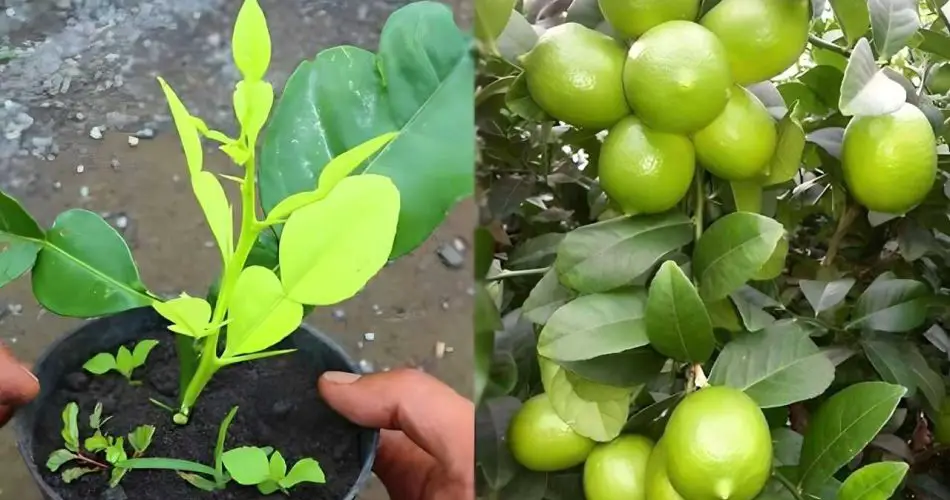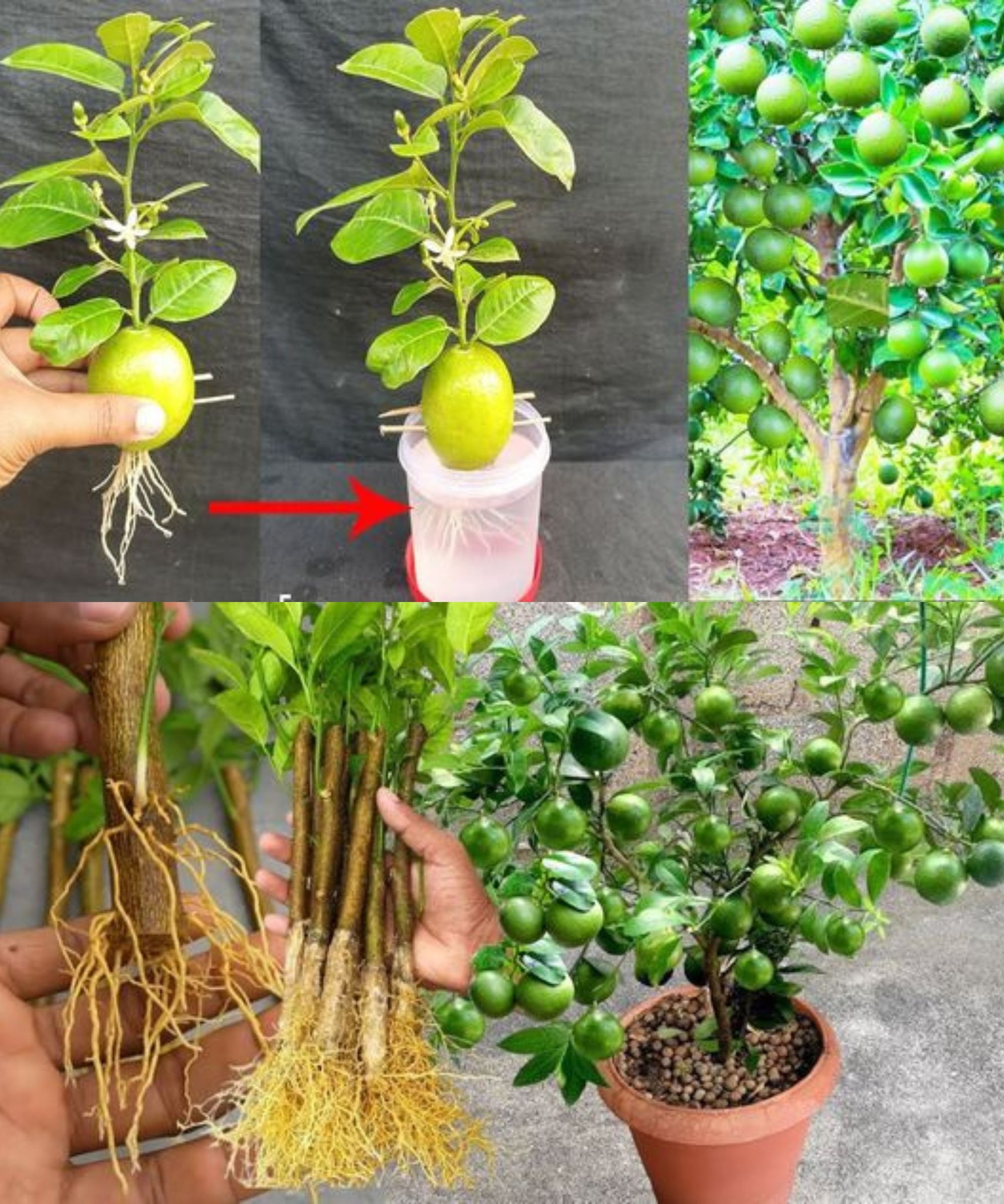Are your lemon cuttings flourishing, and do you desire to duplicate them? Here’s a dependable method to successfully propagate a second lemon seedling in a pragmatic, secure, and efficient manner. Let’s explore this technique that promises substantial satisfaction over time.
Numerous individuals harbor a passion for cultivating small plants in their gardens or on their balconies. However, not everyone possesses an inherently green thumb, so to speak. Consequently, receiving guidance on the best practices to achieve commendable results becomes crucial. In this article, we will furnish information on the most effective approach to rapidly and securely propagate lemon cuttings.
Locating the optimal site for optimal seedling growth is not always straightforward. Lemons, the focal point of our discussion, thrive when exposed to southern sunlight but are susceptible to intense cold, wind, and frost. Thus, shielding them from these potential threats is imperative. They also require the right amount of water and soil with a fairly clayey composition.
To foster the optimum growth of lemon plants, it’s advisable to expose them to sunlight for at least one-third of the day. Additionally, safeguarding them from excess humidity and, as previously mentioned, strong winds is essential.
If you’ve identified the suitable location for your lemon plant and wish to generate a new plant with identical characteristics, we will now elucidate how to “multiply” the plant by acquiring a lemon cutting in a brief timeframe. Here’s all you need to know.

Interested in swiftly acquiring healthy lemon cuttings? Here’s the method endorsed by experts:
While there are various approaches to propagating lemon seedlings, the simplest involves sowing. However, this method demands a significant amount of time and might not yield desired results, particularly for less experienced individuals.
Fortunately, there exists a completely natural solution to achieve outstanding outcomes in a short period, even for those with limited gardening expertise. It’s imperative to adhere to the method we’re about to elucidate, widely employed by experienced farmers for its practicality and cost-effectiveness.
Let’s start by clarifying what a lemon cutting entails: it’s a plant derived from a branch of the original plant, essentially a form of multiplication resulting in a daughter plant identical to the parent.
Interested in learning how to promptly obtain healthy lemon cuttings? Here’s the method recommended by farmers. Let’s delve into all the details together:
Optimal seasons for pruning lemon trees exist, and undoubtedly, the month of March, with the onset of spring, is the ideal time for this operation. To acquire one or more lemon cuttings, simply cut healthy branches, which should be green and approximately 15-20 centimeters in length.
Pay meticulous attention to the presence of buds, ensuring they remain intact. Use a knife to remove the leaves, avoiding contact with the buds, especially the apical ones crucial for vertical growth. Prevent water droplets from reaching the buds.
Make a transverse cut at the top of the branch with the knife, ensuring moisture doesn’t reach the buds. For the base, make a horizontal cut, removing the green part.
Take a jar and fill it with moderately moist soil. Insert the cutting halfway into the soil. The process continues by protecting the seedling with a plastic bag above the jar to retain humidity. Allow sunlight to reach the plant without direct exposure.
In just 30 days, the lemon cutting will develop roots, and soon after, shoots and leaves will emerge, indicating successful growth. Remove the protective bag at this point and let the seedling grow, shielding it from wind and direct sunlight.
